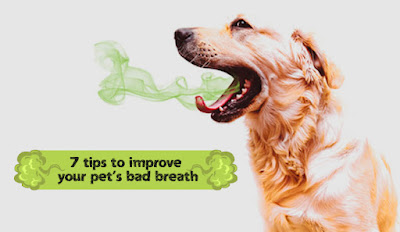Most cats scratch sometimes, but if you observe that the occasional scratch and regular brushing has become excessive, or if your cat appears to be uncomfortable, cat skin problems may be present, and you should schedule an appointment with a professional veterinarian.
Excessive scratching, hair loss, and a mildly agitated cat are all indicators that your feline friend may have skin problems that require medical attention.
In a cat’s body, the skin is the largest organ. It protects cats from the elements, regulates body temperature, and performs a variety of other tasks! Many variables can cause skin illness in our cats, and some of them are related to where we live and how our cats live (indoor vs. outdoor).
So, how can you spot a cat with a skin condition? Here are some significant indicators to keep an eye out for:
Hair loss is a typical symptom of feline skin issues. Are there any bald areas on your cat? Is your cat shedding excessively?
- Excessive grooming might also suggest the presence of a skin issue in your cat. It’s possible that your cat is pruritic (itchy) and unpleasant, so grooming is more frenetic and less relaxing than usual.
- If you detect any red, scaly, patchy, or scabby areas while brushing your cat, make an appointment with your veterinarian.
- Parasites like fleas and ticks are a common cause of skin irritation.
- If your cat shakes their head a lot, it could be a sign that they have a skin condition or an ear problem.
Cat Skin Conditions
You should be aware of the following forms of common cat skin problems:
- Fleas and other external parasites can cause itchy skin and allergies in cats. If parasites are present, they may scratch, bite, or groom themselves excessively. Some cats may exhibit irregular movements and appear to be crawling on their skin.
- Hypersensitivity to mosquito bites, particularly on the ear tips and nose, is a major cause of allergic reactions in cats.
- Ticks can cause a raised bump or localized swelling on your cat’s skin. The hump is the cat’s defense mechanism against the tick.
- Itchy ears can be caused by mites or ear mites. Kittens are more prone to this problem. The cat’s head may be tilted, and an odorous discharge may be coming from one or both ears. Ear infections in cats are also common and should be treated by your veterinarian as soon as possible.
- Polyps in cats’ ears are also a possibility. An otoscopic examination of the cat’s ear canals is part of a full veterinary examination.
- Food allergies can also affect cats. It is possible for your cat to acquire an itchy face or itching all over its body. If you need to adjust your cat’s food, consult your veterinarian. A meal trial is usually included, and it may take numerous attempts to rule out a food allergy.
- Cats can also suffer from contact allergies. This is similar to how people develop allergies to common environmental chemicals.
- Skin cancer in cats: Cancer in cats, like cancer in humans, is a potentially fatal disease. Make an appointment with your veterinarian right away if you discover any new or altering skin patches or pimples.
- Acne in cats: Acne on the chin affects some cats. While cat acne may resemble a rash or dirt, it can be treated with prescription drugs and changes to the water source.
- Dermatitis in cats: An allergic reaction to grooming products, food, or environmental irritants is usually the cause of cat dermatitis.
- Stress-induced over-grooming (this requires a thorough medical and behavioral investigation).
As soon as you see any of these signs, make an appointment with your veterinarian. It can take a long time to diagnose an issue, so the sooner you get it fixed, the better.
Treatments for Skin Problems in Cats
The first step is to consult your veterinarian for a diagnosis.It depends on what we’re dealing with, and coming to the correct diagnosis and therapy may take some time. Once diagnosed, your veterinarian will be able to readily provide the best treatment for your cat. Some treatments will be given by your veterinarian, while others will be administered by you at home. Working with your veterinarian to appropriately identify the symptoms of cat skin diseases is important. If you detect any changes in your cat’s grooming behavior, extreme itching, or red, scaly patches on its skin, make an appointment with your veterinarian right once. Skin disorders in cats can cause substantial damage, making treatment more difficult and expensive. In the fight against feline skin issues, early detection and treatment are essential.




